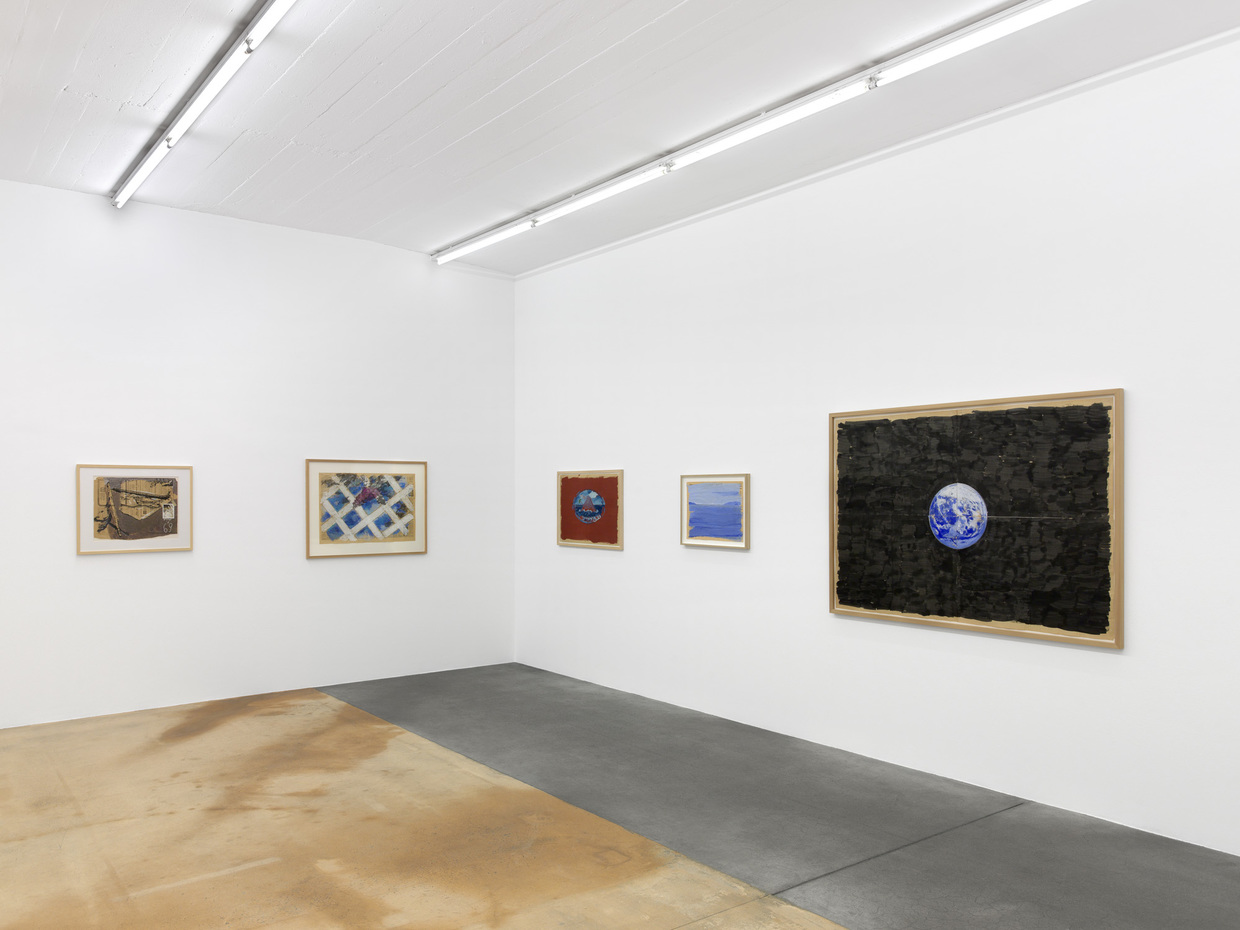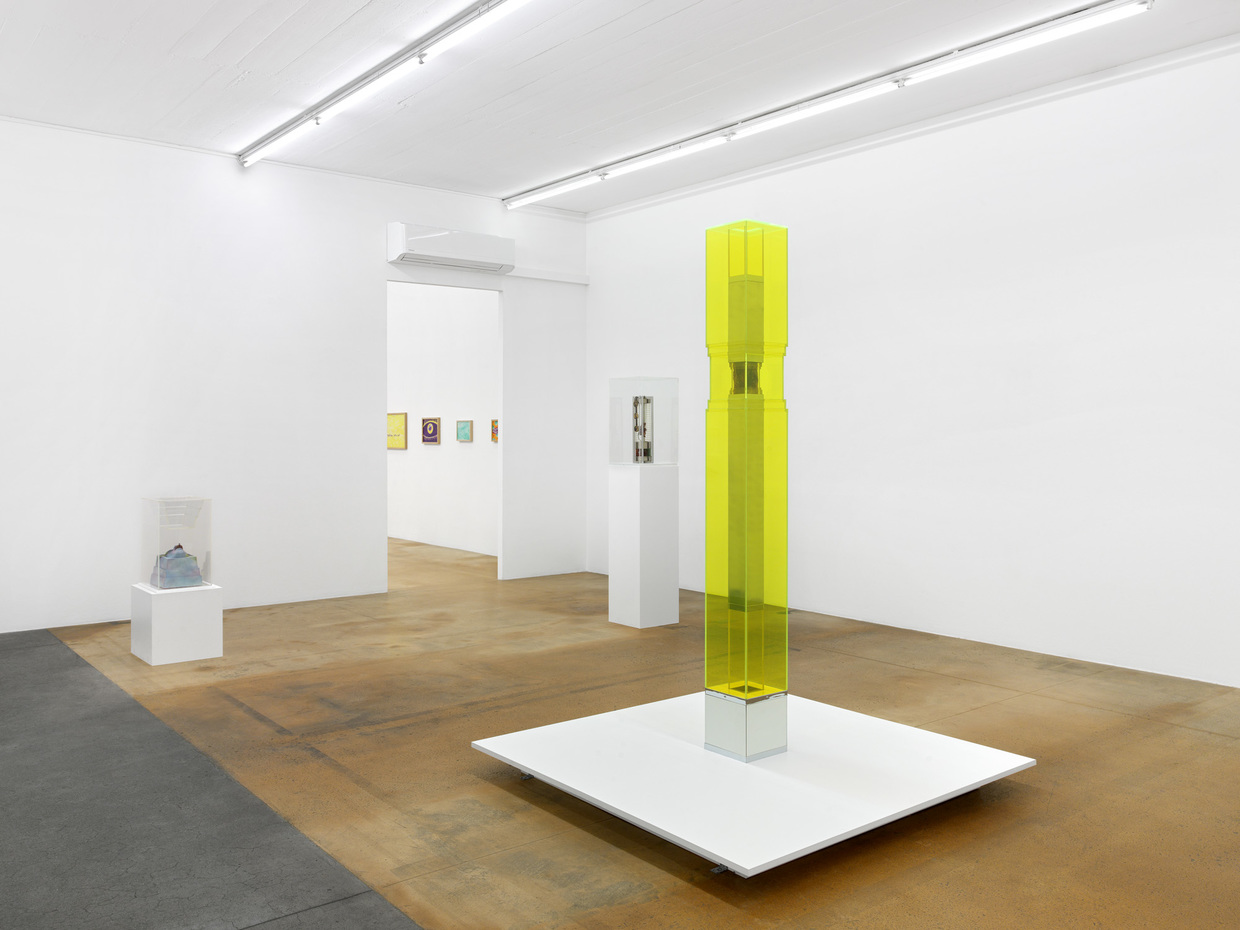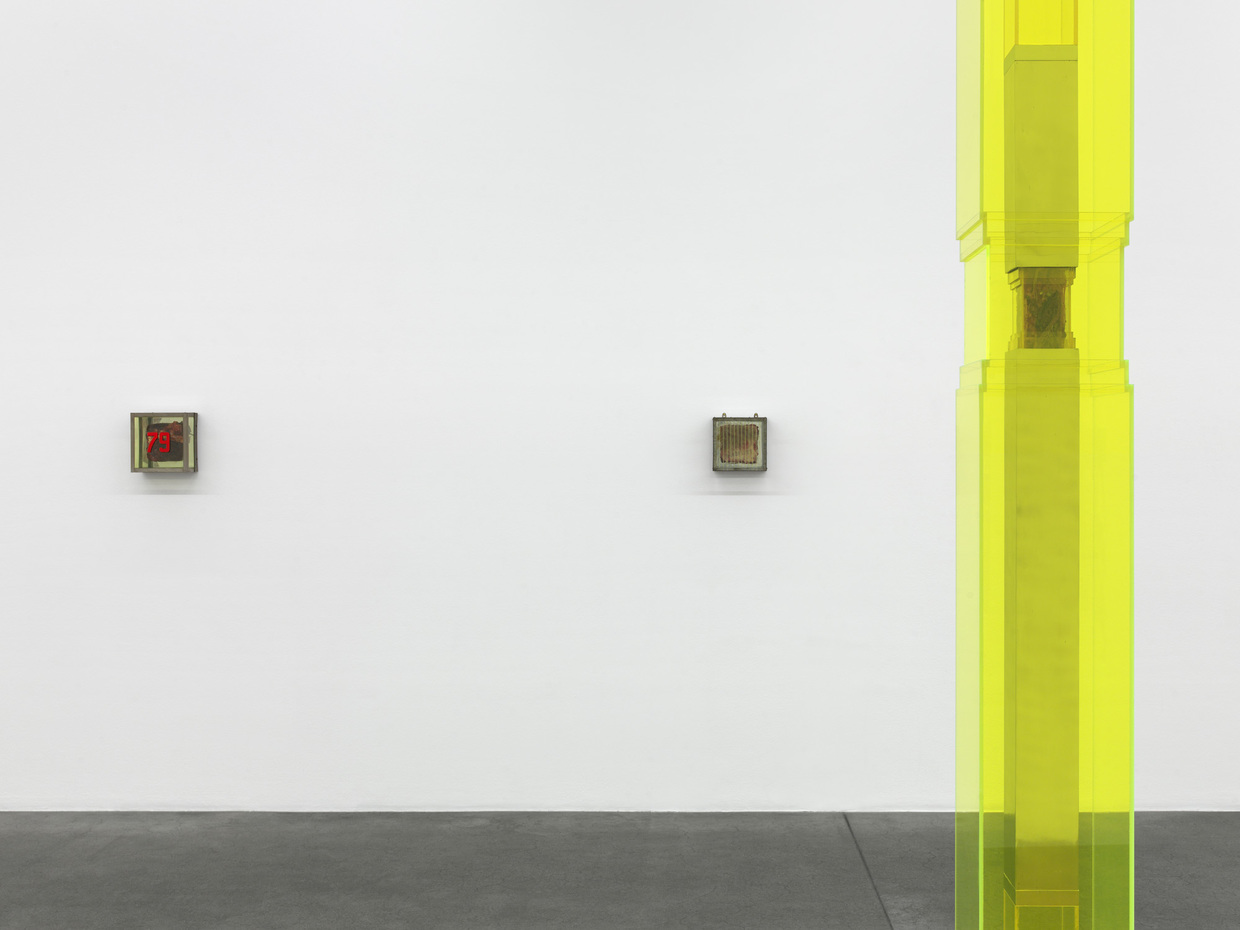Paul Thek (1933–1988), one of the most distinctive American artists of the late 20th century, steadfastly refused to conform to the dominant movements of his time. Working on the fringes of Pop art and Minimalism in the 1960s, he developed new forms of representation with the human body as his subject.
Thek came to prominence in the early 1960s for his Meat Pieces (later renamed Technological Reliquaries)—body fragments represented as chunks of flesh, sculpted from colored wax and encased in Plexiglas boxes. He showed them at Stable Gallery and Pace Gallery, two leading New York art venues of the era. But the limited recognition his work gained at home, coupled with his aversion for the US art system, prompted Thek to distance himself from American society and spend most of his time in Europe, especially Italy and the Netherlands.
In the late 1960s and early 1970s, Thek produced a series of temporary, immersive, collaborative installations based around the universal and symbolic motif of the pyramid. At the same time, he rekindled his passion for drawing and painting, which remained central to his practice until his death from AIDS in 1988.
Between 1969 and 1975, Thek spent part of each year on the Italian island of Ponza. The experience opened his eyes to the possibility of a simple life of both ecstasy and pantheism, which inspired a series of paintings on newspaper representing the infinite expanse of the ocean and the natural elements, reflecting a sense of reconnection with the origins of creation. In the 1980s, Thek’s paintings captured his growing interest in mysticism, nurtured during frequent retreats at monasteries in Vermont. A spiritual and deeply religious man, he was heavily influenced by the mystic writings of Saint Augustine and Meister Eckhart, among others.
Switzerland played a prominent role in bringing Thek’s work to a wider audience, with the artist receiving support from Harald Szeemann and Jean-Christophe Ammann. However, his pieces have not been exhibited in a Swiss museum since 1996, when the traveling show Paul Thek: The Wonderful World that Almost Was was hosted at the Migros Museum of Contemporary Art and the Kunsthalle in Zurich.
The current exhibition at MAMCO adds a new chapter to this history, taking a fresh look at the work of this unique figure of US counterculture, whose art defies classification. It features a representative selection of Thek’s pieces from the early 1960s to the late 1980s, showcasing the diverse forms of expression—sculpture, painting, drawing, and engraving—that characterized his artistic practice. The exhibition explores the indivisible link between the body and the spirit, between the sacred and the profane, between nature and technology, between life and death—the very oppositions that permeate Thek’s art and make his unparalleled body of work a form of initiation journey.
- Exhibition curated by Valérie Da Costa, in collaboration with Françoise Ninghetto


